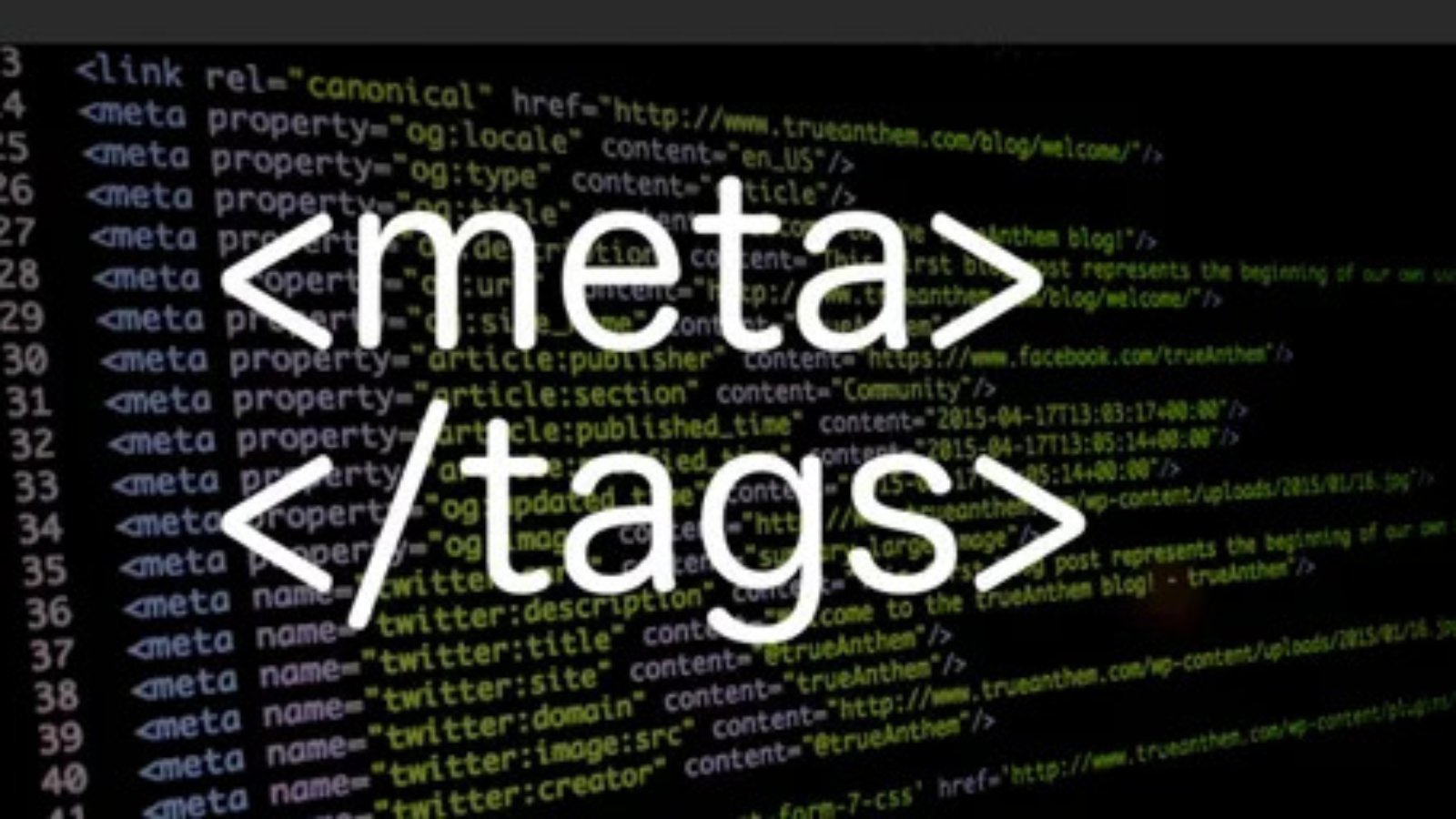Introduction
Why Meta Tags Still Matter in 2025
Meta tags might seem like relics from the early days of SEO, but in 2025, they remain a crucial foundation for search engine optimization, click-through rate (CTR), and content relevance. These short pieces of HTML code communicate vital information about a web page to search engines and users alike.
But here’s the catch not all meta tags are created equal.
This article explores:
-
Which meta tags still influence SEO
-
Which ones are outdated or ignored by Google
-
Best practices for implementation
-
Free tools to generate and test meta tags
-
A downloadable checklist for ongoing use
Let’s separate the SEO gold from the HTML clutter.
What Are Meta Tags?
Meta tags are snippets of code placed in the <head> section of a web page. They don’t appear on the front end (visible site) but talk directly to search engines, browsers, and social platforms.
Their primary functions include:
-
Informing how content is indexed
-
Controlling how snippets are displayed
-
Enhancing visibility in search engine results
-
Improving social media previews
The Must-Have Meta Tags (What to Include)
Let’s start with the meta tags that you should absolutely be using in 2025.
1. Meta Title (Title Tag)
What it does:
Displays as the clickable headline in search engine results pages (SERPs).
SEO Value:
✅ Strong ranking factor
✅ Direct impact on click-through rate
Best Practices:
-
Keep it under 60 characters
-
Include your primary keyword
-
Make it engaging and specific
-
Use title case formatting
Example:
2. Meta Description
What it does:
Summarizes the page in search results under the title tag.
SEO Value:
✅ Indirect ranking factor via CTR
✅ Helps users decide to click
Best Practices:
-
Keep it 150–160 characters
-
Summarize value clearly
-
Include keywords naturally
-
Add a call-to-action (CTA)
Example:
3. Viewport Meta Tag (Mobile Optimization)
What it does:
Tells browsers how to render the page on different screen sizes.
SEO Value:
✅ Vital for mobile-friendliness, which is a ranking factor
Best Practices:

Add a Comment